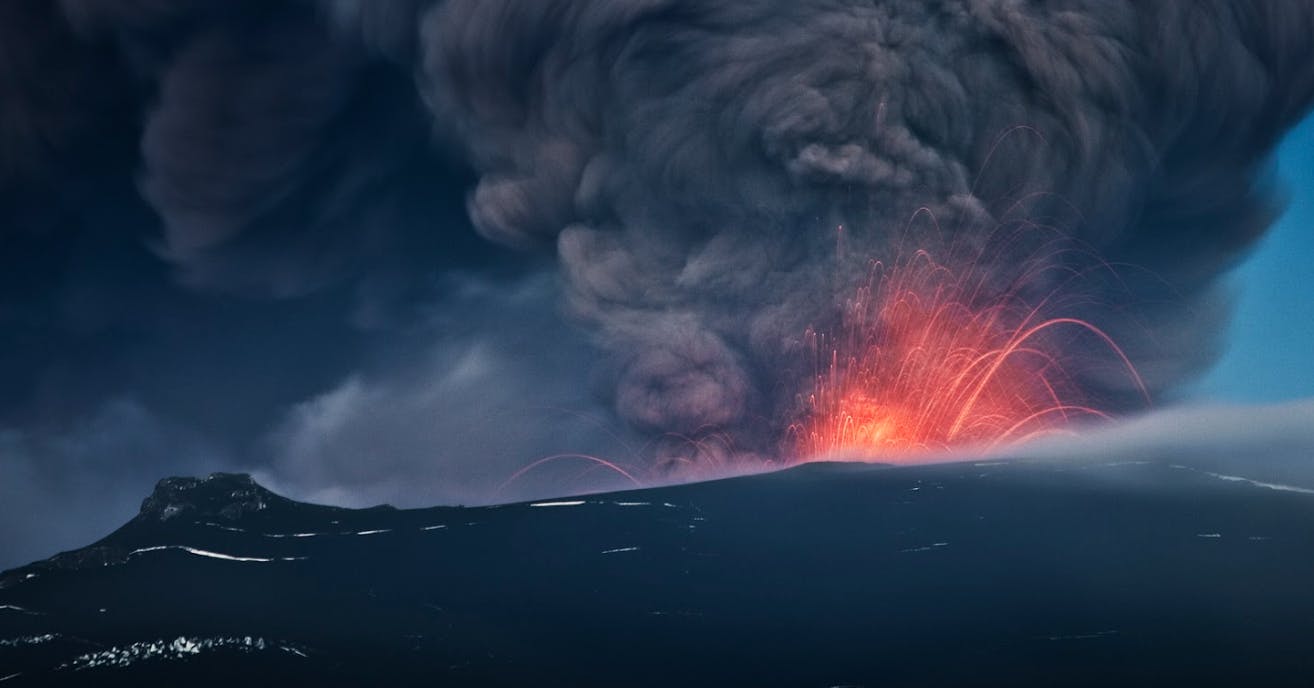
What is Magma?
Magma is the molten rock beneath the Earth’s surface, a scorching mixture that forms when solid rock in the mantle and crust melts. This melting can occur for several reasons, including increased temperature, pressure changes, or the introduction of water.
Magma is the raw material for volcanic activity, composed of a blend of liquid rock, minerals, and dissolved gases (primarily water vapour, carbon dioxide, and sulfur dioxide). It’s called lava when it finds its way to the surface through volcanic eruptions.
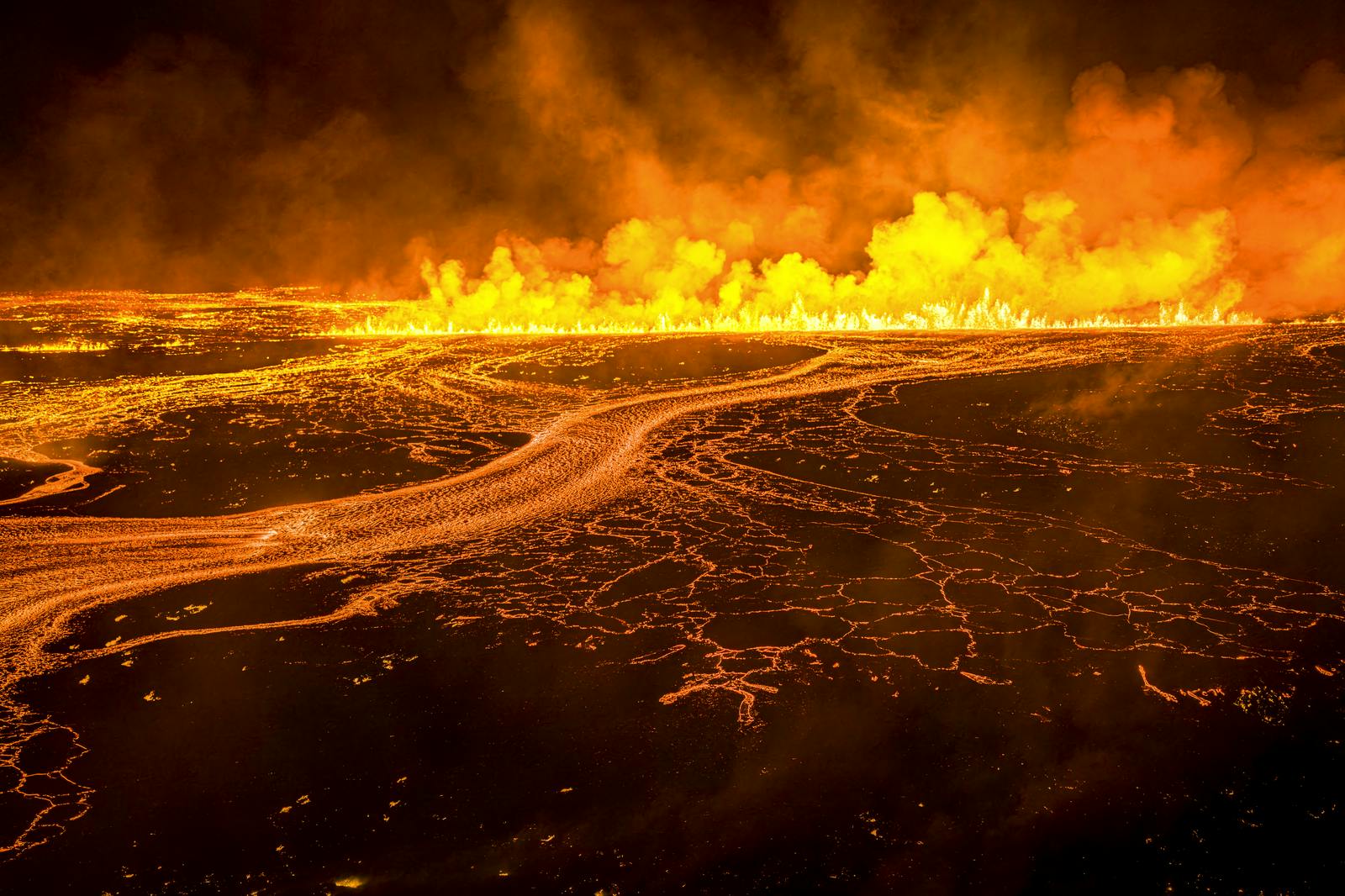
What are the Types of Magma?
Not all magma is created equal. Based on its composition and the conditions under which it forms, magma can be classified into three primary types: basaltic, andesitic, and rhyolitic. Let’s dive into each three.
- Basaltic Magma: With the lowest silica content (around 50%), this type is the most fluid and least explosive, creating gentle flows seen in places like Hawaii and Iceland.
- Andesitic Magma: Intermediate in silica content (around 60%), leading to more explosive eruptions, typical of volcanoes along continental margins.
- Rhyolitic Magma: The highest in silica (up to 75%) and the most dense, resulting in highly explosive eruptions, as witnessed in the cataclysmic event at Yellowstone.
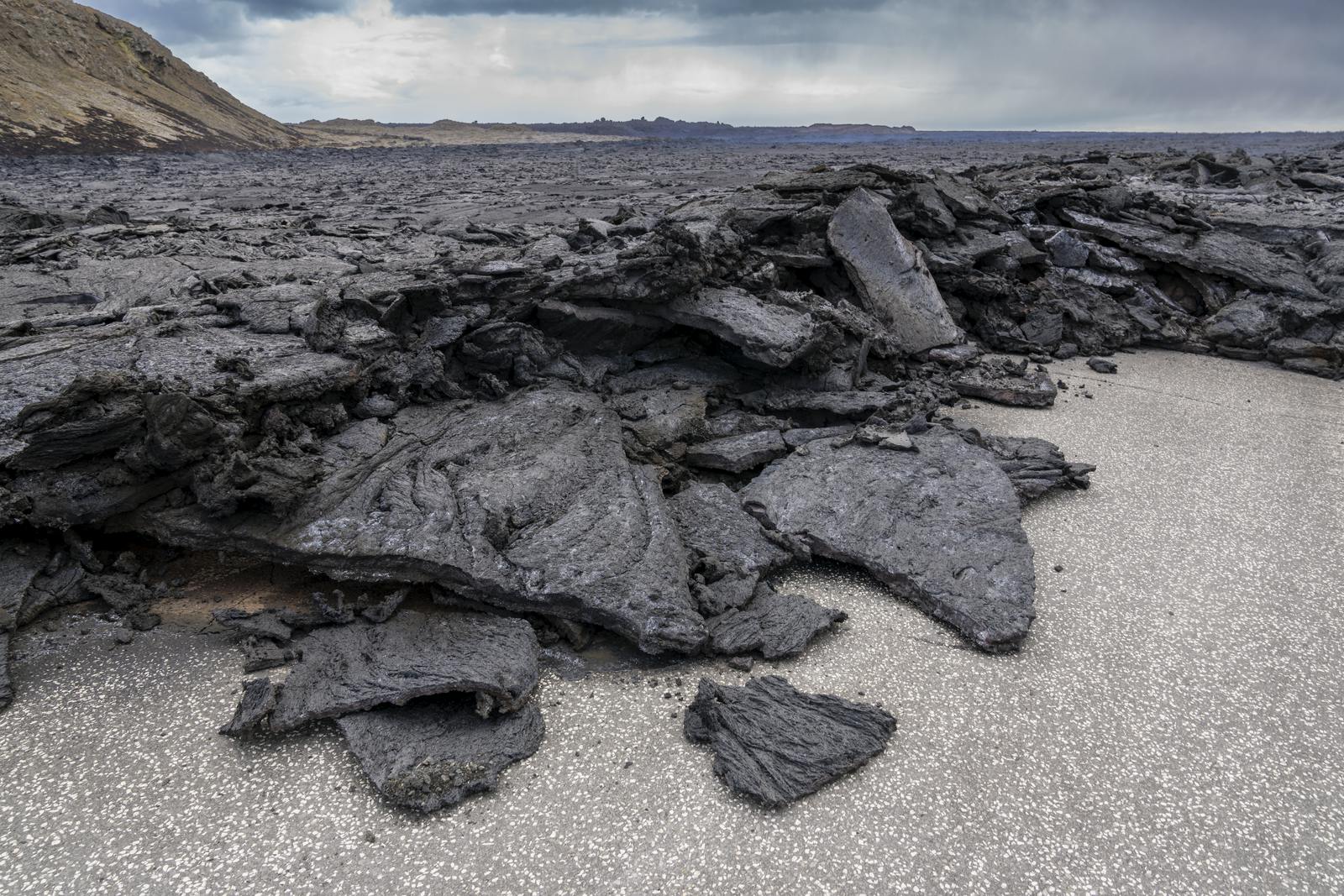
What kind of magma can be found in Iceland?
Icelandic volcanoes have erupted all the above-mentioned magma types. Basaltic magma is characteristic of the numerous eruptions in crater rows and shield volcanoes. Its low viscosity allows it to flow easily and cover large areas, leading to the formation of Iceland’s extensive lava fields and distinctive landscapes.
Iceland's basaltic magma is closely linked to the island’s position on the Icelandic mantle plume and the Mid-Atlantic Ridge, where the North American and Eurasian tectonic plates are diverging. The fluid nature of basaltic lava also means that Iceland's eruptions, while frequent, are generally less explosive and less dangerous than the more viscous, high-silica eruptions occurring in the country's central volcanoes.
Hekla is known for its andesitic eruptions, which have intense explosively and the production of thick lavas of andesite. Askja and Öræfajökull both have had hazardous rhyolitic eruptions in historical times, Askja in 1875 and Öræfajökull in 1362 and 1727. In these highly explosive and hazardous events, called Plinian eruptions, no lava was produced, all the upcoming magma was turned into rhyolite tephra, forming a huge eruptive column rising high into the stratosphere, 10 - 20 km up, resulting in destructive tephra fall.
From Katla to Hekla, many of Iceland’s iconic peaks are still considered active. See a full overview of every Iceland active volcano here.
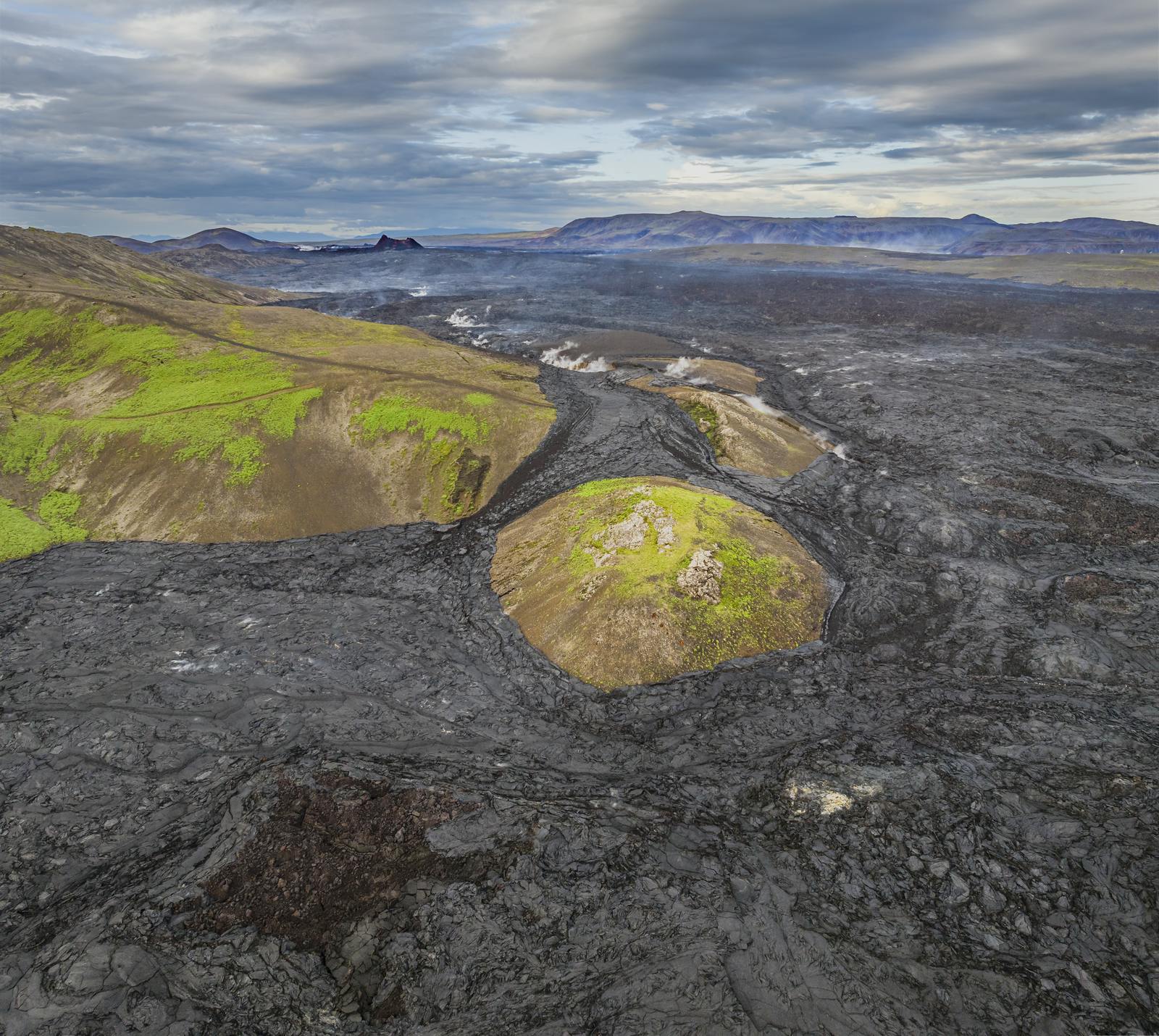
What is Magma’s Role in Shaping Earth’s Geology?
Magma is the beating heart of the Earth’s geology, driving volcanic eruptions and the formation of new crust, mountains, and entire landmasses. It’s instrumental in the plate tectonics that rearranges the planet’s surface over millions of years. Magma rises to fill the gaps as plates diverge, creating a new crust. Where plates converge, magma can fuel explosive volcanic eruptions that build mountain ranges. Beyond its destructive power, magma also enriches the soil with minerals, fostering lush landscapes long after it has cooled.
Magma in Iceland
Iceland stands as a testament to the creative and transformative power of magma. Straddling the Mid-Atlantic Ridge, where the North American and Eurasian tectonic plates diverge, this island nation offers a unique glimpse into the processes that shape our Earth.
The continuous upwelling of magma here fuels a landscape dotted with active volcanoes, geothermal springs, and otherworldly terrains. From the lava fields of the Reykjanes Peninsula to the explosive history of Eyjafjallajökull, Iceland’s vibrant volcanic activity is a direct consequence of its magma dynamics.
Magma is a fundamental force in Earth’s geological narrative. Its journey from the depths of the mantle to the surface through volcanic eruptions tells the story of our planet’s constant evolution. In places like Iceland, we witness this process in real-time, offering us invaluable insights into the power and beauty of Earth’s inner workings. As we continue to explore and understand magma, we unlock the secrets of our planet’s past and glimpse its future, reminding us of the dynamic and ever-changing world beneath our feet.
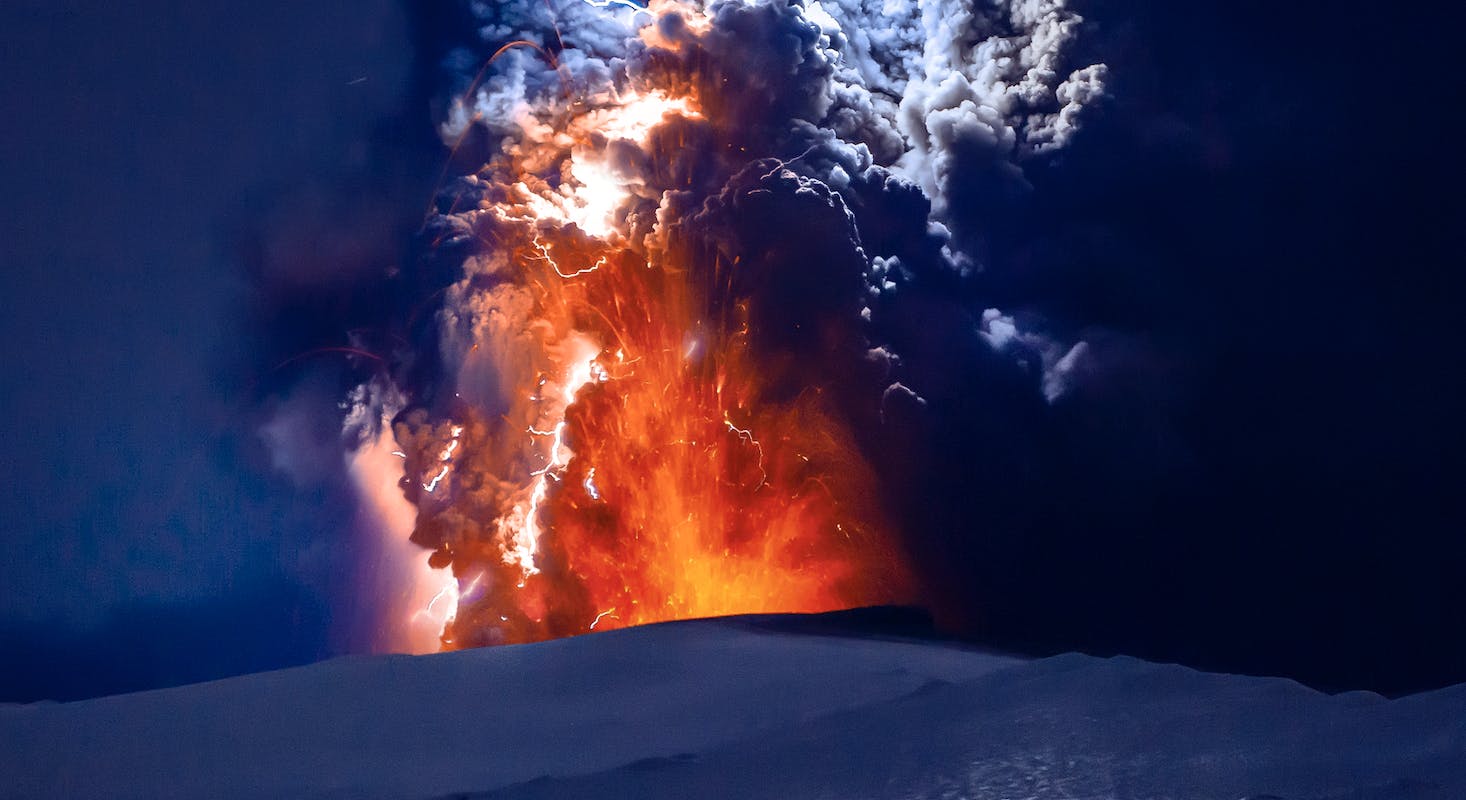
Learn About Volcanoes at Perlan in Reykjavík
Perlan’s Forces of Nature exhibition allows guests to feel the immense power of volcanoes, earthquakes, and geothermal energy that powers the island. In the heart of Reykjavík, guests can learn about the volcanoes that form when heat and pressure build up beneath the Earth’s surface. The Earth’s weak points tend to be along fault lines where tectonic plates converge or diverge, as in Iceland’s case. The exhibition is a unique, family-friendly museum experience that entertains and informs.
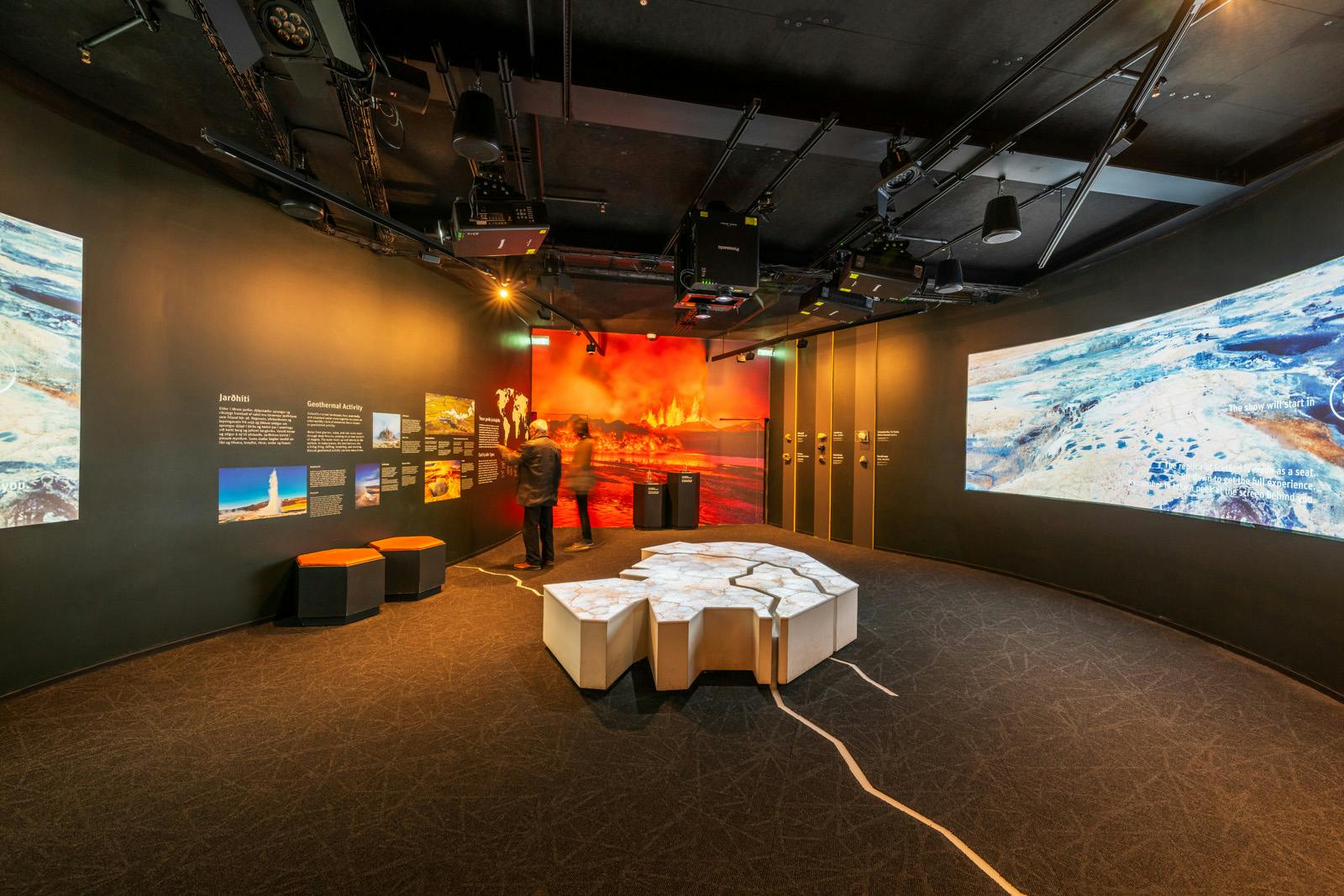
FAQ
Can we predict volcanic eruptions by studying magma?
By monitoring the movement and composition of magma beneath volcanoes, scientists can often predict eruptions, giving communities crucial warning time.
What happens to magma once it cools?
Once magma cools, it solidifies to form igneous rock. The cooling process, whether rapid or slow, determines the rock’s texture and composition.
Why is Iceland so geologically active?
Iceland’s activity is due to an interplay between the Iceland Mantle Plume and the Mid-Atlantic Ridge, where tectonic plates diverge, allowing magma to rise and fuel the island’s numerous volcanoes and geothermal features.
Why is it important to study magma?
As we peel back the layers of the Earth’s surface to reveal the magma churning below, we’re reminded of the planet’s inherent dynamism. With its breathtaking landscapes sculpted by volcanic activity, Iceland is a powerful illustration of magma’s role in the Earth’s ongoing story of creation and change.







